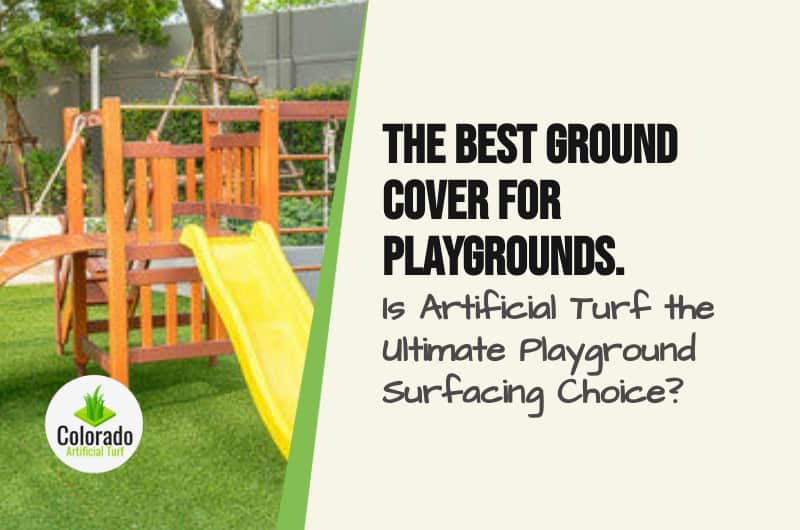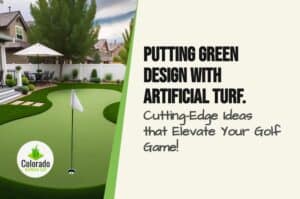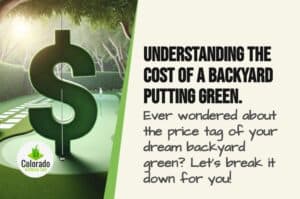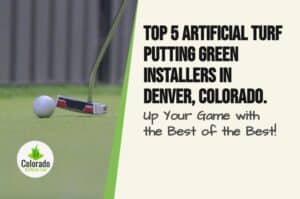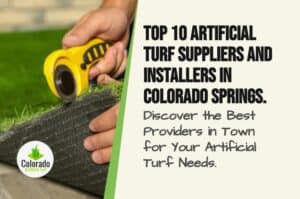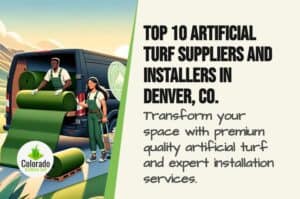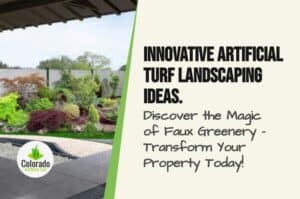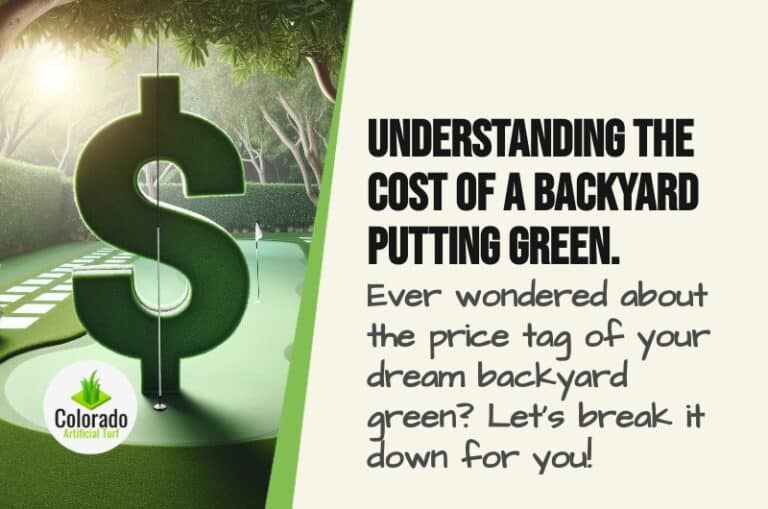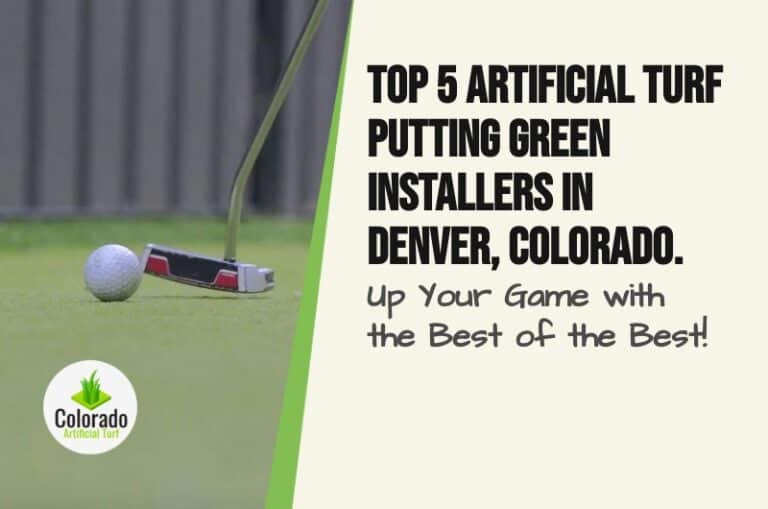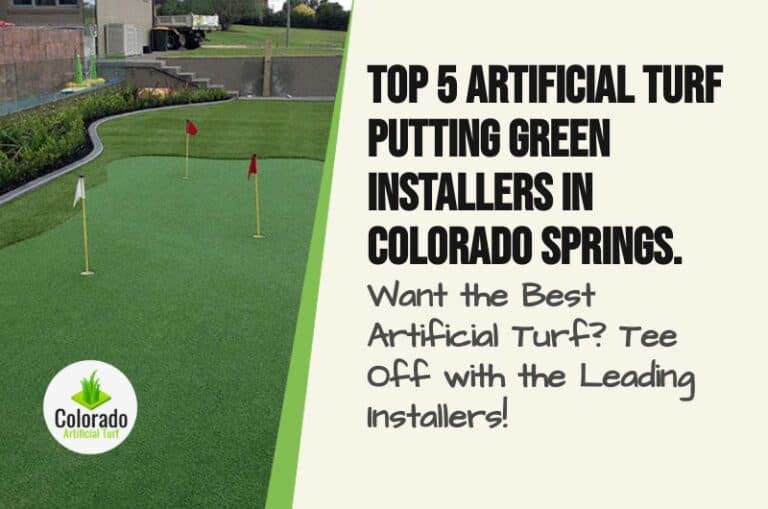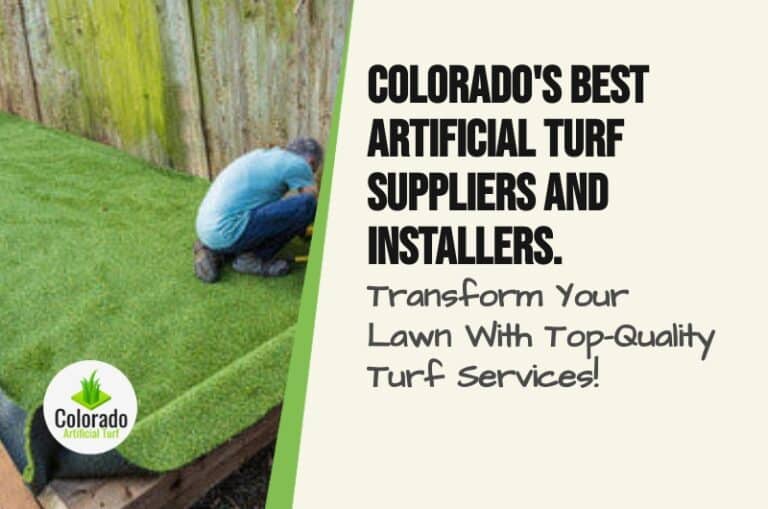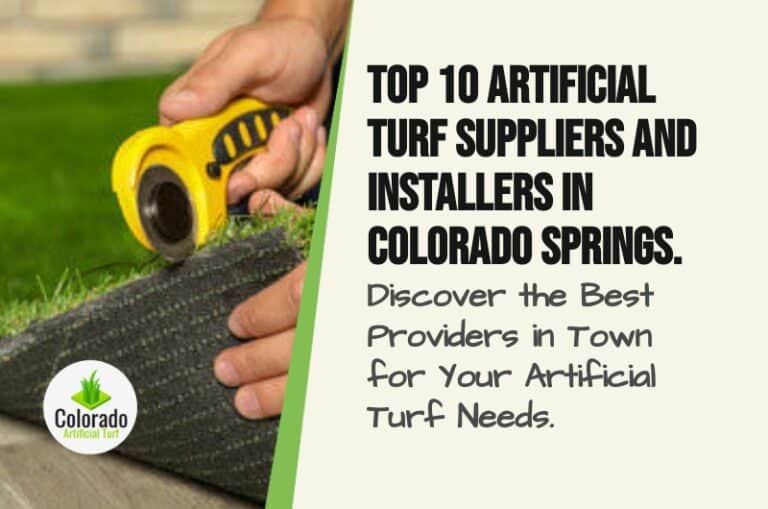Creating a safe and fun environment for children to play is a top priority, and selecting the best ground cover for playgrounds is crucial to ensure safety, functionality, and visual appeal.
In this guide, we’ll look at different ground cover materials for playgrounds, to help you understand if artificial turf is the ultimate playground surfacing choice.
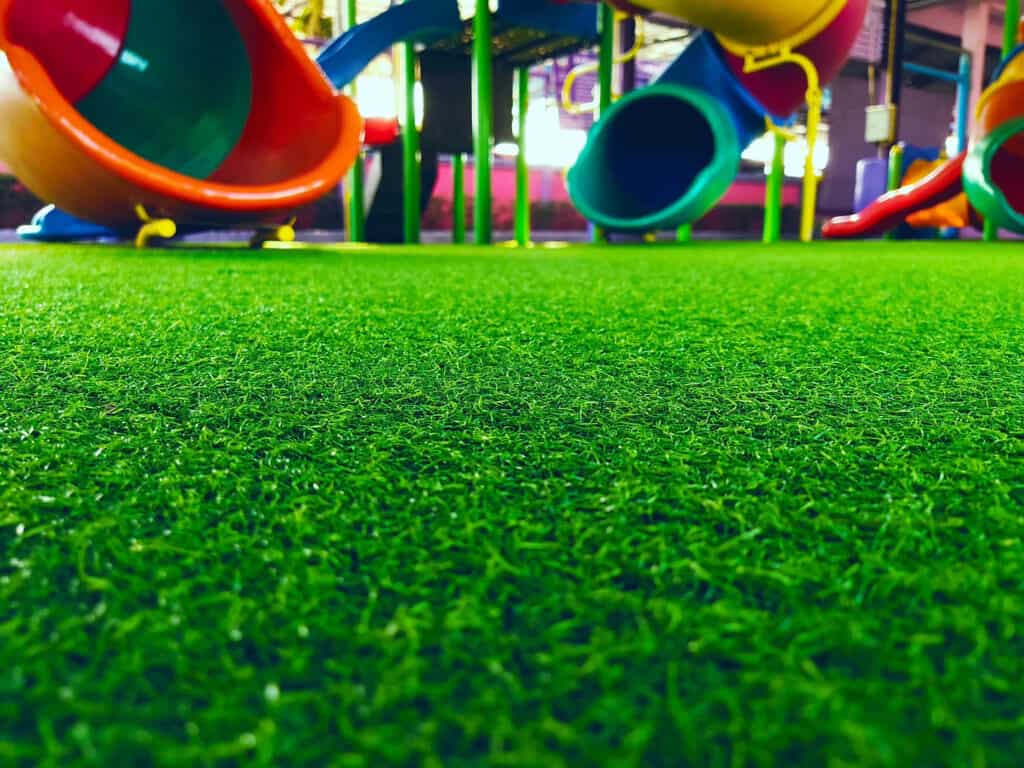
.
Understanding Different Playground Surfacing Materials
When selecting the best ground cover for playgrounds, there are several options to consider.
Let’s delve into a comparison of various popular materials:
.
Natural Grass vs Artificial Grass
- Natural Grass: While it provides a soft, natural-looking surface, natural grass requires regular maintenance such as watering, mowing, and fertilizing. It may also become muddy and slippery in rainy weather, leading to injuries.
. - Artificial Grass: A great alternative to natural grass is artificial grass as it offers the same softness and aesthetic appeal but with less maintenance. In Colorado, where water conservation is crucial, artificial grass can be an excellent choice. It remains green year-round and provides a safe, non-slip surface for children to play on.
.
Sand and Pea Gravel
- Sand: Sand is a relatively inexpensive option that provides a soft landing. However, it can easily scatter and, over time, degrade due to weather conditions.
. - Pea Gravel: This material is durable and drains well, but it can be a choking hazard for young children and is not recommended for playgrounds catering to this age group.
.

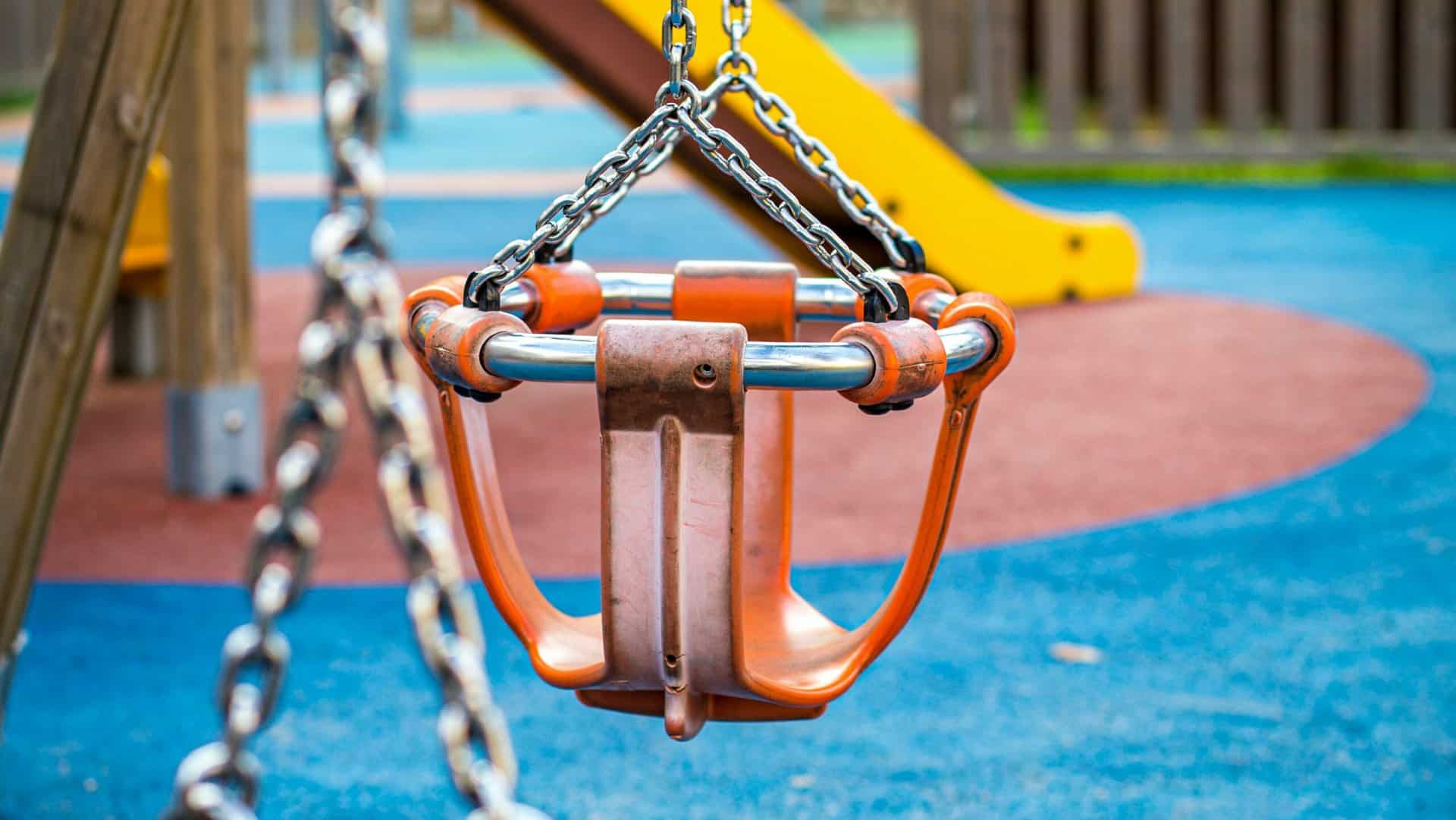
.
Wood Chips and Bark Mulch
- Wood Chips: These offer a natural look and are quite durable, they provide good shock absorption, reducing injury risks. However, they may require regular topping up and can splinter over time.
. - Bark Mulch: Bark mulch is similar to wood chips but decomposes faster, requiring more frequent replenishment.
.
Rubber Mulch and Tiles
- Rubber Mulch: Made from recycled tires, rubber mulch is shock-absorbent and durable. It doesn’t decompose, which reduces the need for regular maintenance.
. - Rubber Tiles: These offer a uniform, shock-absorbing surface that’s easy to install. They are weather-resistant and require little maintenance.
.
Poured-in-Place Rubber
- This material is a seamless, durable surface that offers excellent shock absorption.
. - It can be customized for thickness to meet varying safety requirements and can be designed in various colors and patterns to add aesthetic value to the playground.
.

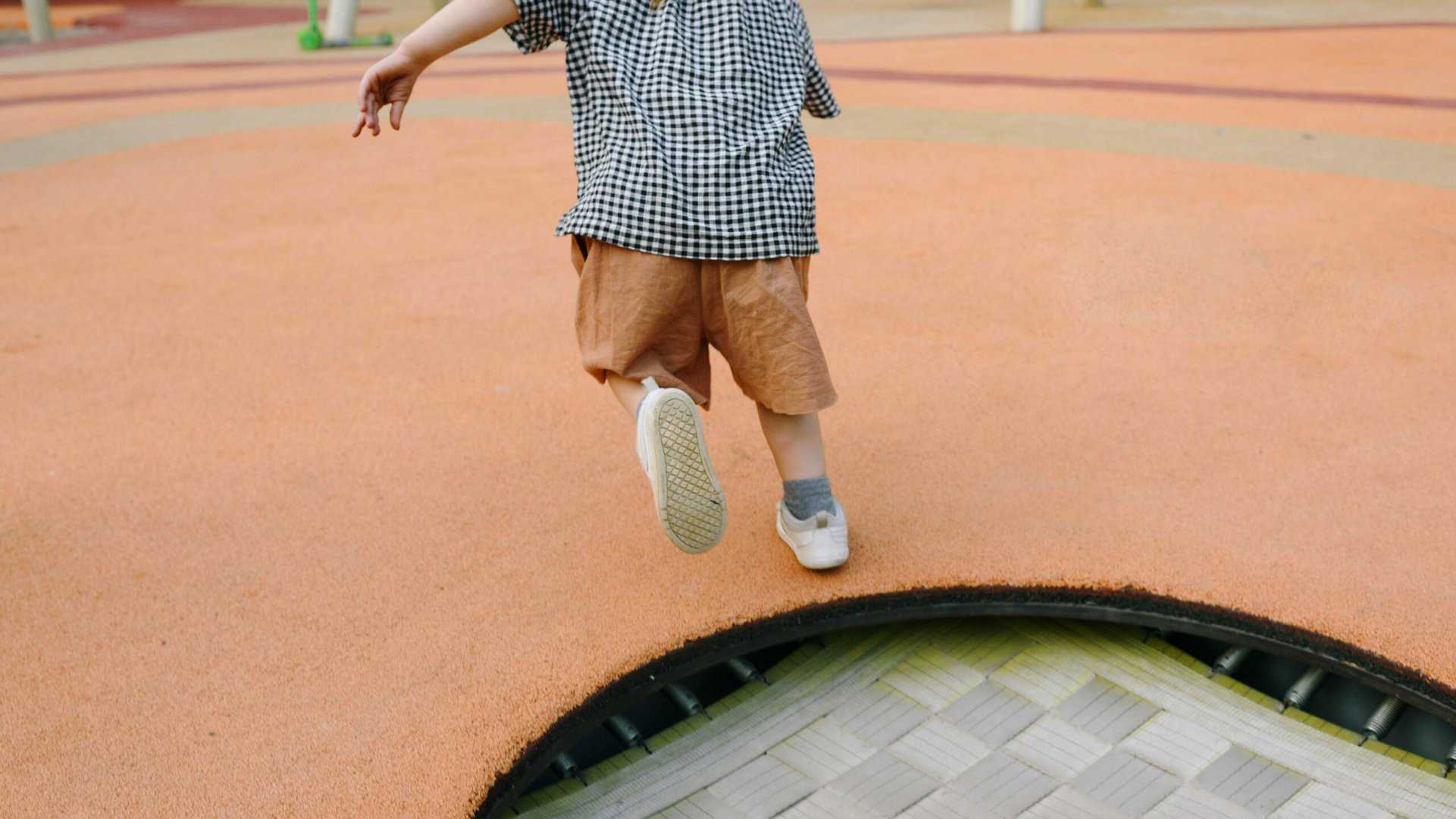
Factors to Consider When Choosing Playground Surfacing
When deciding on the best ground cover for your playground, several factors come into play.
These include:
- Safety
. - Maintenance
. - Costs, and
. - Weather Resilience – especially in the varied climate of Colorado.
.
Let’s dig a bit deeper into each one of these factors and how they could influence choosing the best ground cover for playgrounds:
.
Safety Concerns
- While all surfacing materials have pros and cons, safety should always be the top priority.
. - Consider the impact absorption of the material and the risk of injury from falls.
. - Avoid materials that can create tripping or choking hazards for young children and those that can cause splinters.
Rubber surfaces provide excellent shock absorption, are non-toxic, and are slip-resistant, however, poured-in-place rubber can become hot in direct sunlight.
.
Maintenance Requirements
- Consider how much work you’re willing to put into maintaining your playground surface.
. - While natural grass may seem cost-effective initially, it requires regular watering, mowing, and reseeding.
. - Sand and pea gravel need frequent raking to maintain depth and cleanliness, and wood chips and bark mulch require regular topping up and can rot over time.
. - Rubber surfaces are low maintenance, but they can deteriorate and may require frequent replacement or patching.
.
Cost Considerations
- The cost of playground surfacing can vary greatly.
. - It’s essential to consider both the upfront cost and the ongoing maintenance costs.
. - Natural grass, sand, and pea gravel have low initial costs, but high ongoing maintenance costs.
. - Wood Chips and Bark Mulch have a moderate cost, with additional costs for regular replenishment.
. - Rubber surfaces are more expensive initially, however even though they require less maintenance, they do need frequent replacement.
.
Weather Resilience in Colorado
- Colorado’s weather, with its snowy winters and hot summers, can be challenging for playground surfacing.
. - Natural grass struggles in both extremely hot and cold conditions and wood chips can become slippery when wet and freeze in winter.
. - Sand and pea gravel drain well, but can become compacted in heavy rain or freeze in winter.
. - Rubber surfaces are designed to withstand the local weather conditions, providing a year-round play area, but poured-in-place rubber can become hot in summer.
.
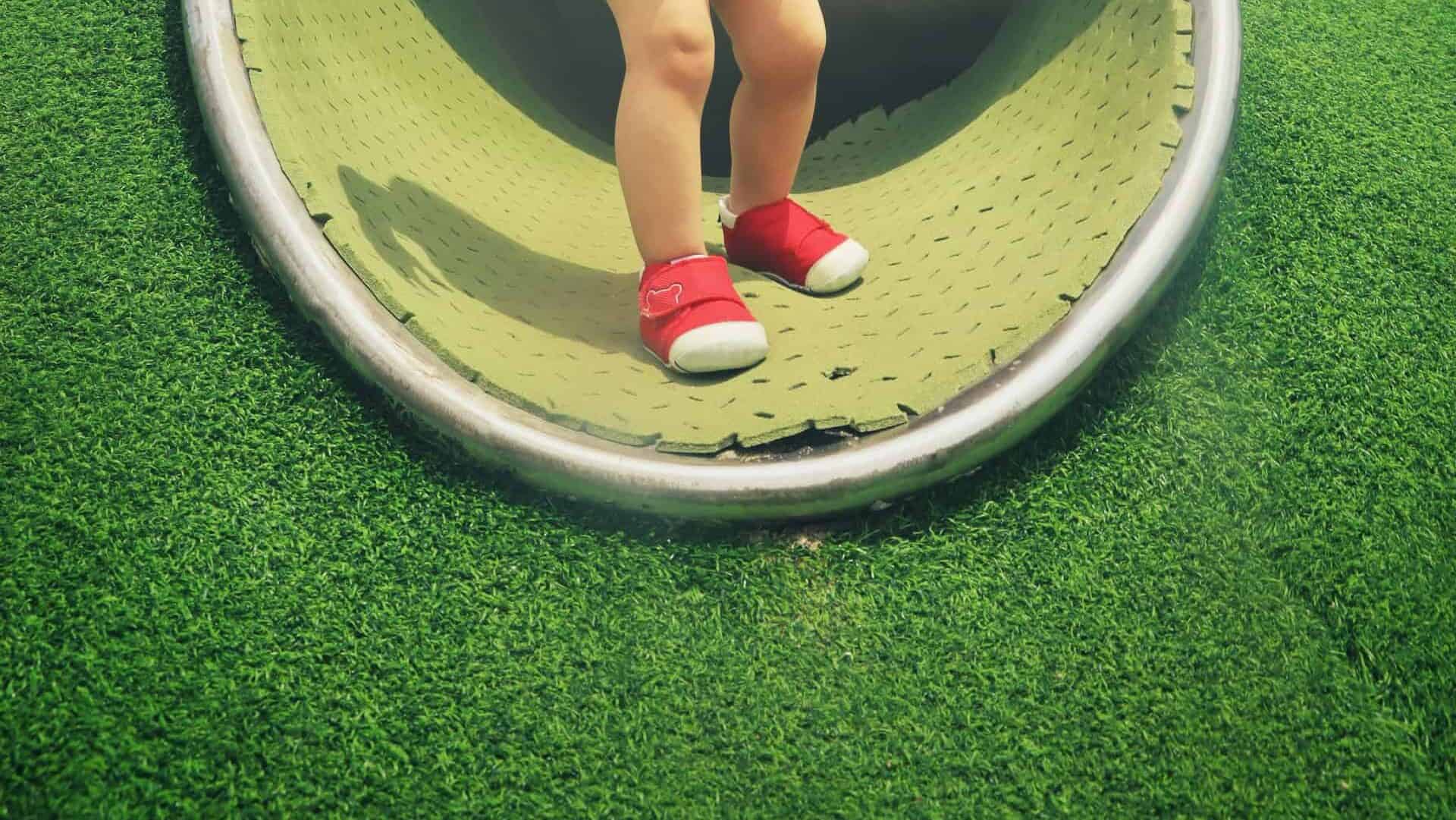

.
Benefits of Choosing Artificial Grass for Playgrounds in Colorado
Artificial grass is a practical, safe, and cost-effective solution for playgrounds.
Let’s take a deep dive into the benefits of opting for artificial grass installations for Colorado playgrounds:
Safety Advantages of Artificial Grass
- Fall Protection: Artificial grass provides a soft landing for children, reducing the risk of injuries from falls.
. - Non-allergenic: Unlike natural grass, it doesn’t trigger allergies. It’s safe for children with sensitivities.
. - No Pests: Artificial grass doesn’t attract insects or pests, offering a safer environment for kids to play.
.
Low Maintenance of Artificial Grass
- No Watering: Artificial grass doesn’t need watering, making it ideal for Colorado’s semi-arid climate.
. - No Mowing: You can forget about mowing or trimming.
. - No Fertilizers or Pesticides: Artificial grass stays lush and green without any chemicals.
.
Cost-Effectiveness of Artificial Grass
- Lower Water Bills: With no need for watering, you can expect significant savings on your water bills.
. - Reduced Maintenance Costs: No mowing or fertilizing means fewer expenses on maintenance.
. - Long-lasting: Artificial grass is durable and lasts for 15-20 years, making it a sound investment.
Artificial grass installations may require an initial cost, but the long-term savings make it a cost-effective choice for Colorado playgrounds. For an estimate on installation costs, check out our blog on How Much Does It Cost to Install Artificial Turf in Colorado?
.
Weather-Resistant Features of Artificial Grass
- Drought-resistant: Artificial grass stays green even in the driest conditions, perfect for Colorado’s climate.
. - UV-protected: It doesn’t get hot, fade, or lose its color under the intense sun.
. - Quick-drying: Following rain or snow, artificial grass dries quickly, allowing for uninterrupted play.
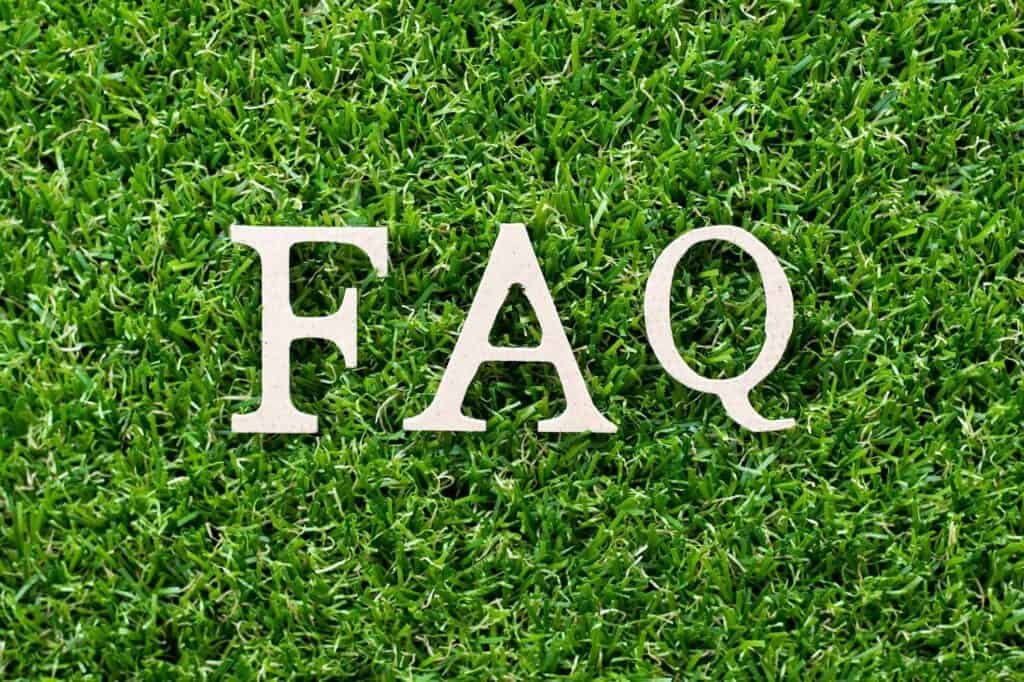
.
Frequently Asked Questions About Artificial Turf for Playgrounds
.
Is artificial grass environmentally friendly?
Yes, artificial grass saves water, a crucial benefit especially in water-conscious regions like Colorado. It also eliminates the need for harmful pesticides and fertilizers and is made from recyclable materials that can be recycled at the end of its lifespan, thereby reducing your carbon footprint.
.
Can I install artificial grass myself?
While it’s possible, professional installation is recommended to ensure correct ground preparation, proper drainage, and a seamless finish.
.
What’s the maintenance involved with artificial grass?
Artificial grass requires minimal maintenance. Regularly remove leaves and other debris, and rinse occasionally to keep it fresh.
For a more in depth look at artificial grass maintenance, check out our blog on Mastering Artificial Grass Maintenance.
.
How long does artificial grass last on a playground?
With proper care and maintenance, artificial grass can last up to 15-20 years, even with heavy use.
.
Does the artificial grass heat up in the sun?
While artificial grass can get warm in direct sunlight, it will not get as hot as rubber, sand, or concrete.
.
Can artificial grass be installed over existing playground surfaces?
Yes, artificial grass can be installed over many existing surfaces, such as concrete or traditional grass, offering a quick and efficient playground transformation.
Check out our blog on Choosing The Best Artificial Grass for Playgrounds for more tips.
.
How does artificial grass drain water?
Artificial grass is designed with a perforated backing that allows water to drain through, making it ideal for Colorado’s varied weather conditions.
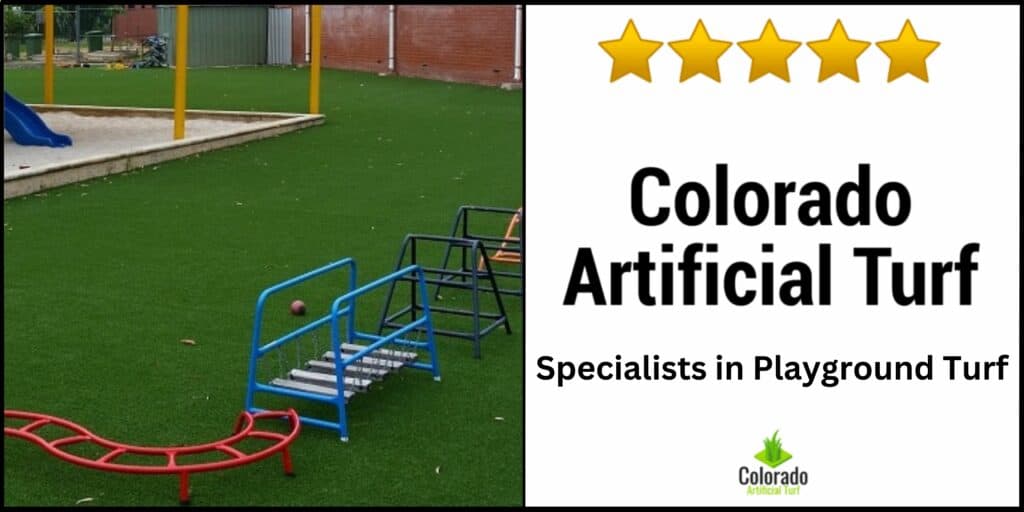
.
Switch to Artificial Turf as The Best Ground Cover for Playgrounds!
Give us a call or fill in the easy-to-use online form to get expert advice.

